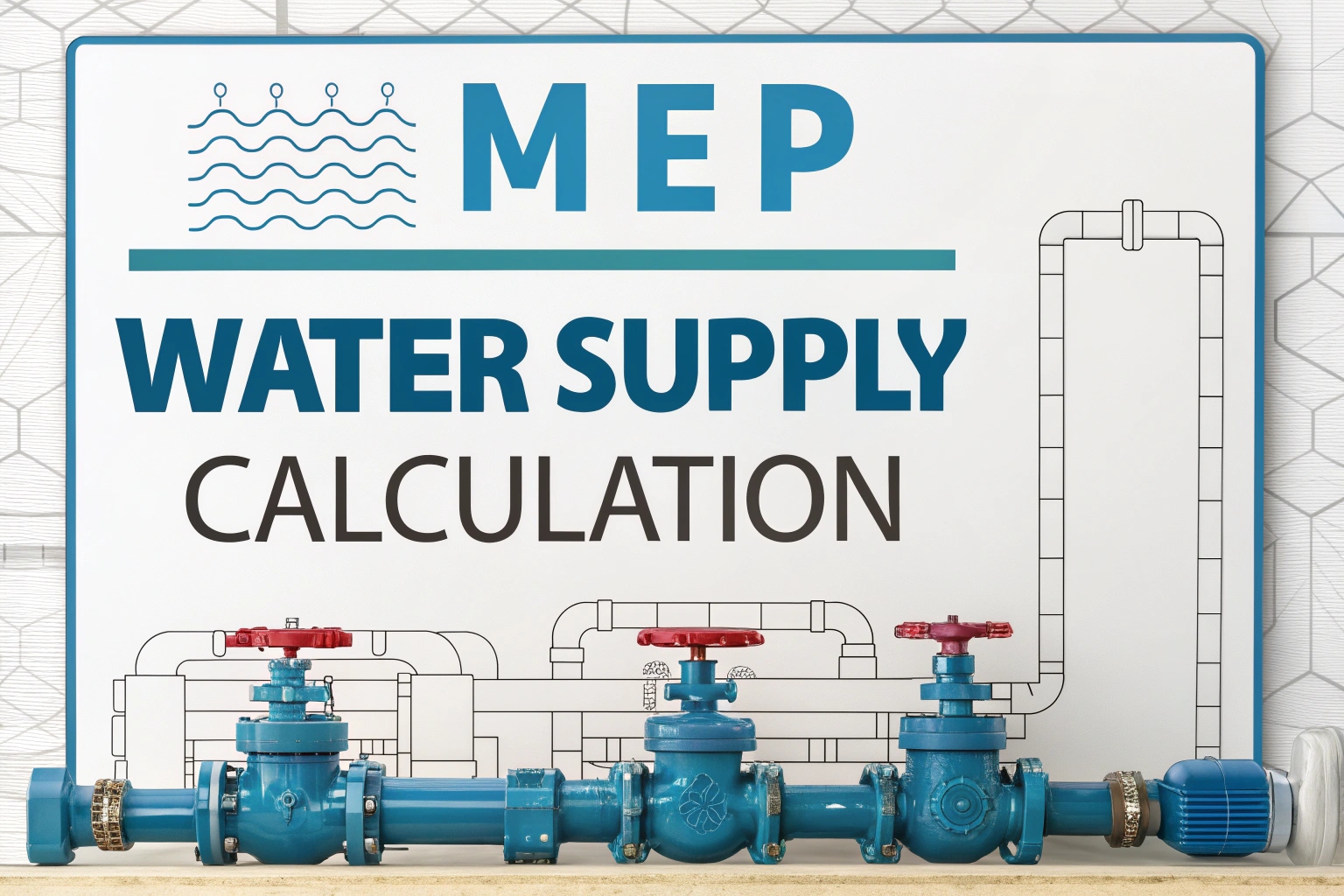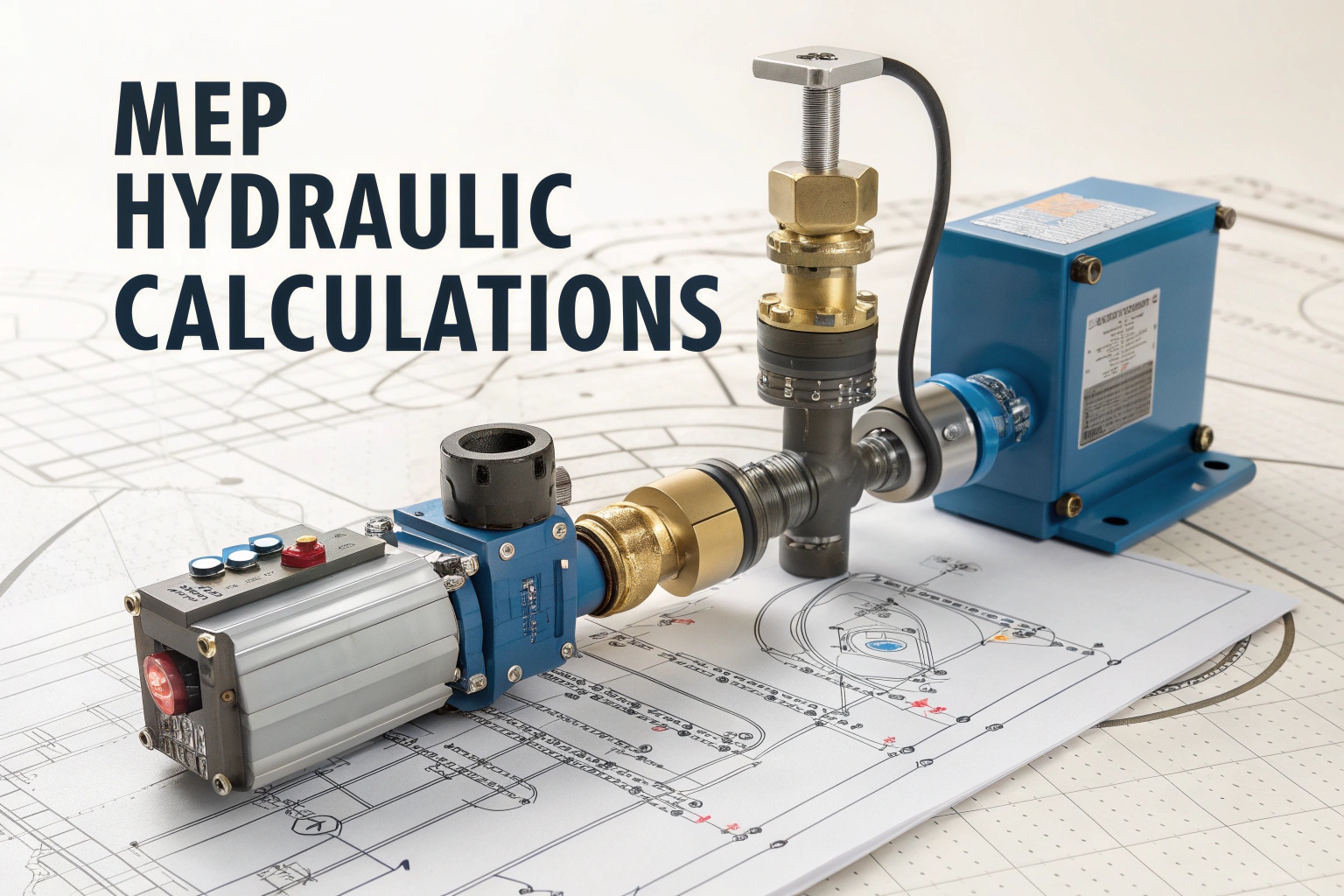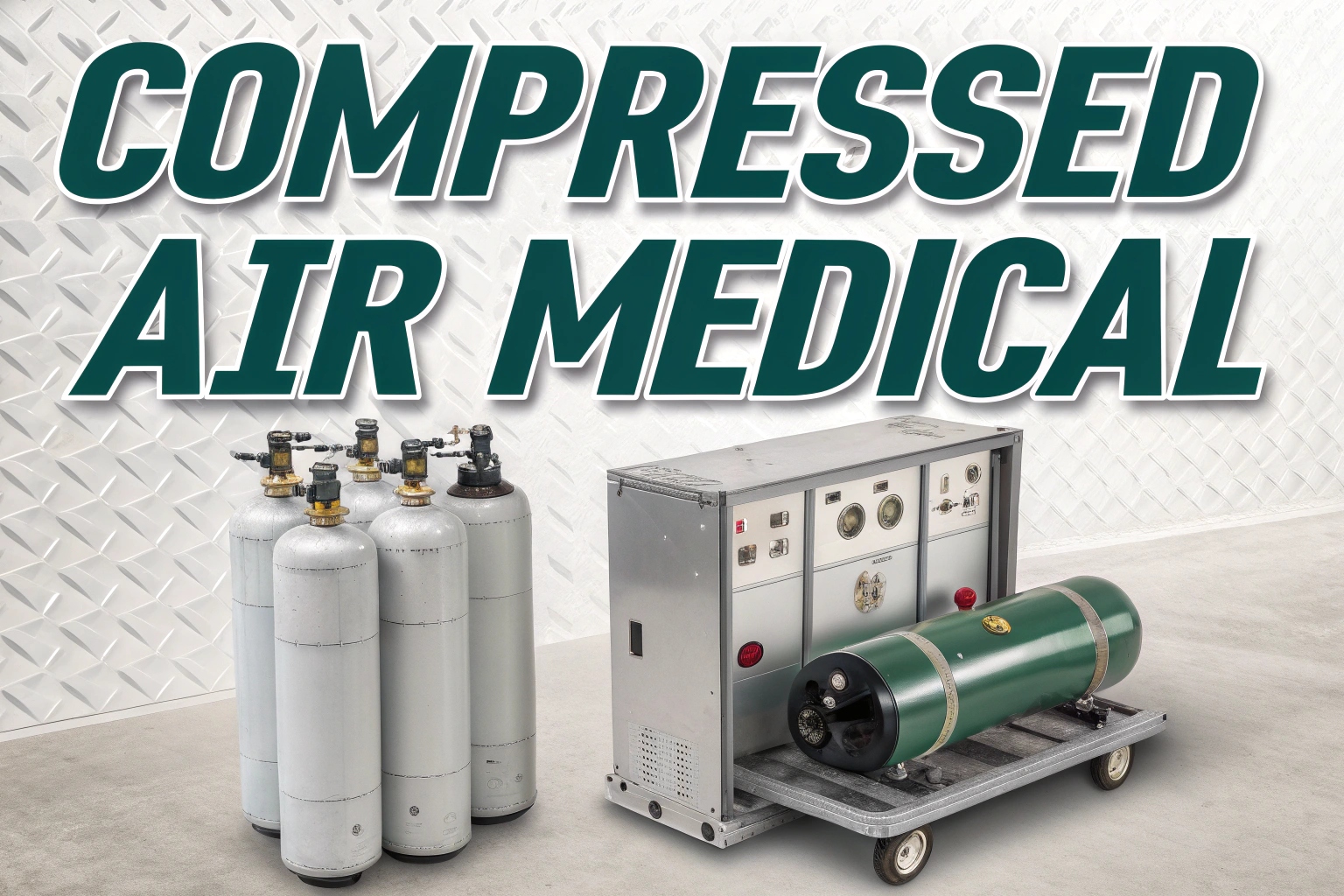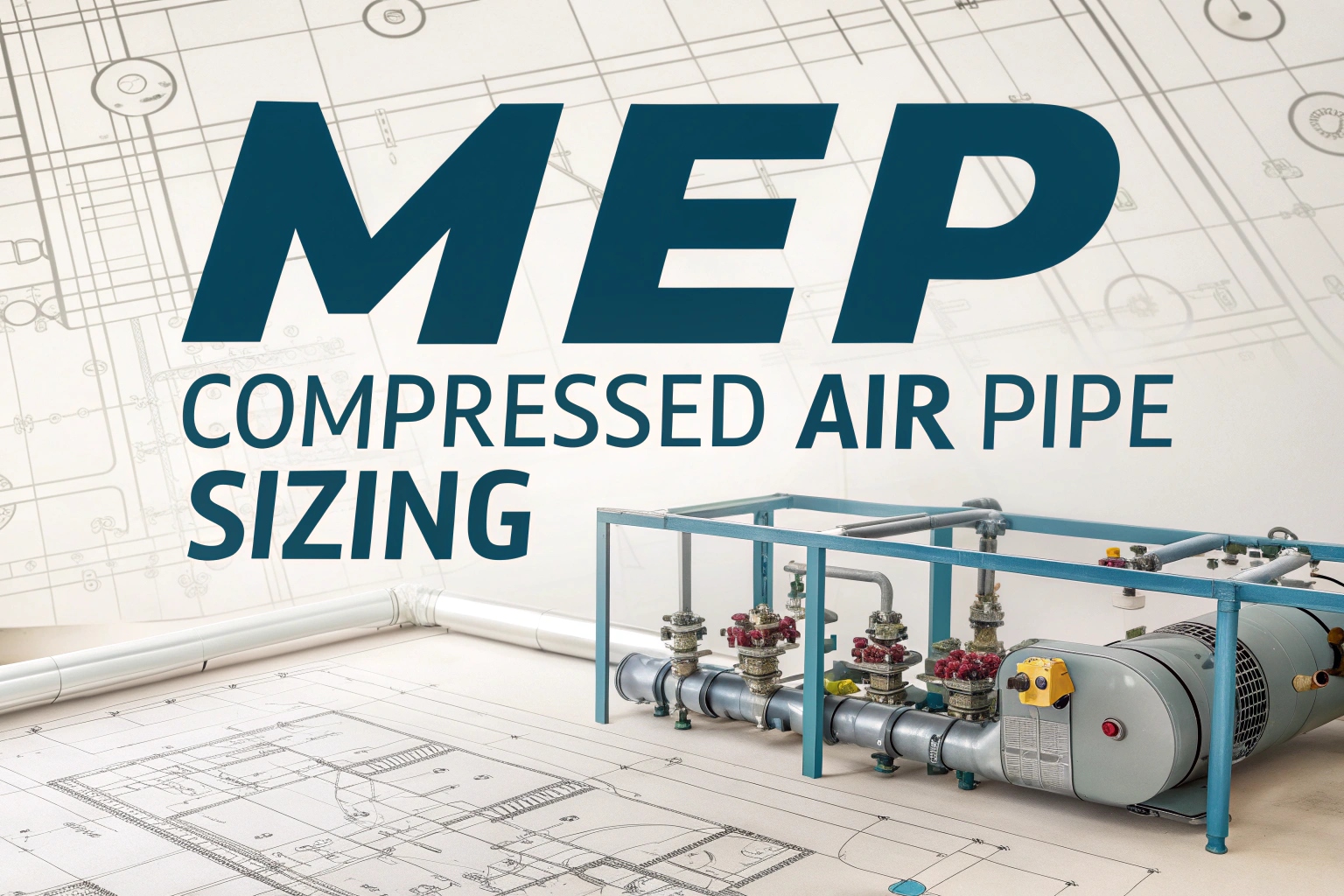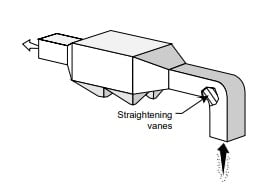
ESP – External Static Pressure –
The resistance that the fan has to overcome in the duct system is measured by the external static pressure. Examples include filters, grilles, air conditioner coils, and ducting. This is the result of adding the positive pressure of the appliance blower and the negative suction pressure at discharge.
The external static pressure and the motor’s CFM are directly correlated.The is produced with greater ESPs. Higher CFM is associated with lower ESP. There is too much resistance in the system, according to a high ESP reading. This may be brought on by clogged dampers, filthy evaporator coils, dirty filters, obstructed supply or return grilles, or inadequate duct size. CFM can be calculated if you know ESP.







